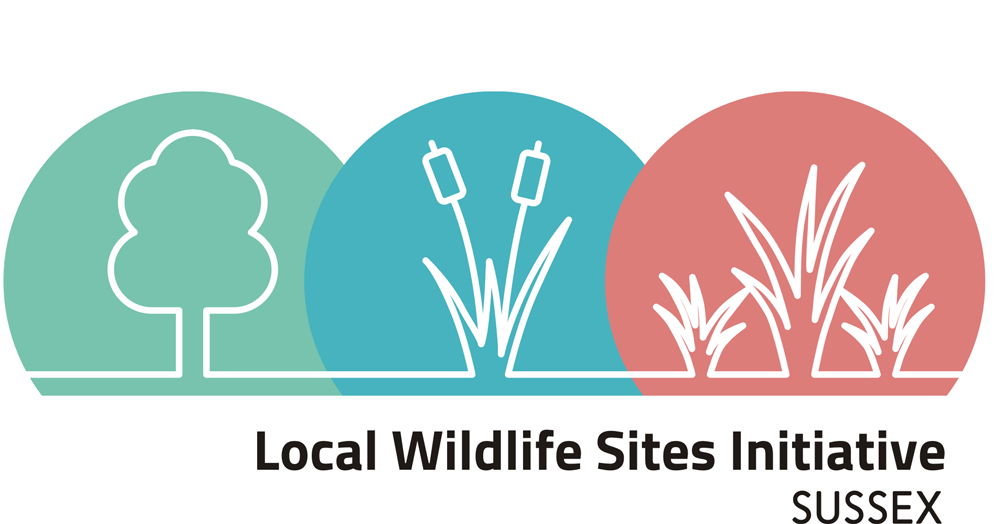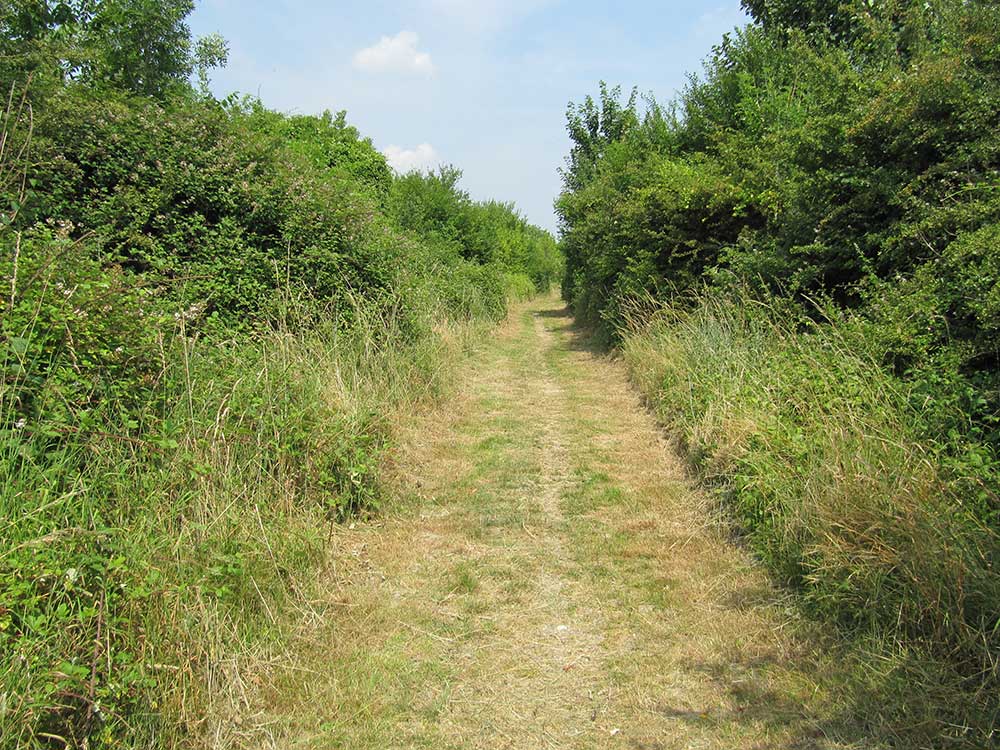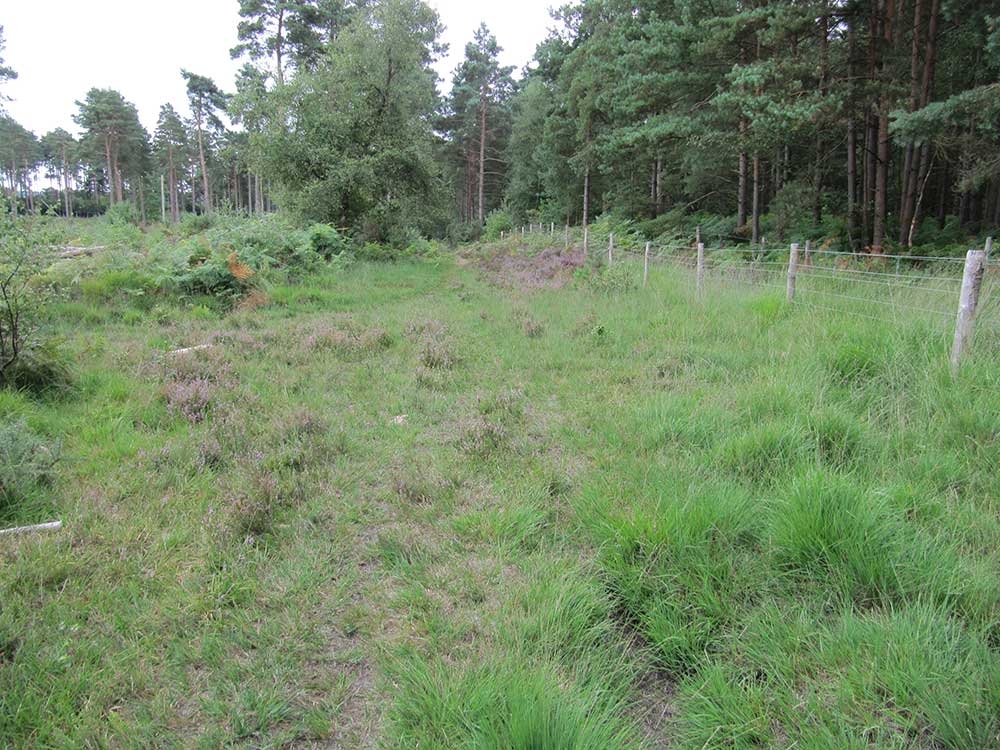


Local Wildlife Sites in Sussex
About Local Wildlife Sites in Sussex
 Path following the route of the old line at the Disused Railway Line, South Malling LWS
Path following the route of the old line at the Disused Railway Line, South Malling LWS
Local Wildlife Sites are non-statutory sites that contain features of substantive nature conservation value. In Sussex these sites were formerly known as Sites of Nature Conservation Importance (SNCIs).
Sussex has over 600 Local Wildlife Sites covering approximately 5% of the county.
Local Wildlife Sites are an important component of Sussex’s nature networks. They provide vital spaces for wildlife, where special habitats can flourish. In Sussex’s towns and city, Local Wildlife Sites are often places where people can connect with the natural world. In the countryside, they help to connect up natural spaces - so that wild plants and animals can move and adapt to changes happening around them.
Most Local Wildlife Sites are on private land, and are private spaces. But Sussex also has some Local Wildlife Sites which are publicly accessible.
The Local Wildlife Site selection & review process
 Purple Moor-grass (Molinia caerulea) at Graffham Common & Fir Toat LWS
Purple Moor-grass (Molinia caerulea) at Graffham Common & Fir Toat LWS
The Sussex Local Wildlife Sites Initiative has been designed to operate in accordance with guidance set out in Defra’s 2006 publication Local Sites: Guidance on their Identification, Selection and Management. (259kB )
The Sussex Local Wildlife Sites Initiative has a system for prioritising sites to be surveyed each year which takes into account various factors including the length of time since a site was last surveyed, fragility of the habitat, and potential threats; as well as our partner organisations’ priorities and what resources we have available to actually organise and deliver the surveys.
A successful Local Wildlife Sites system relies on having good, up-to-date information on the biodiversity features that are present on individual Local Wildlife Sites. It also relies on having positive relationships with people who own and manage those sites. The Sussex Local Wildlife Sites Initiative respects the fact that many Local Wildlife Sites are in private ownership, on private land. We have a rigorous process for seeking any necessary access permissions, before we carry out a site survey.
Local Wildlife Site surveys are carried out by experienced professional ecological surveyors and are designed to assess the extent to which the site meets local criteria (165kB ) and Defra criteria for selection as a Local Wildlife Site (see annex C in Defra guidance).
At the end of the survey season, after all the reports have been written up, survey results are reviewed by a panel of local experts: the Local Wildlife Sites Technical Panel. It is the Panel’s role to decide if a site should be selected as a Local Wildlife Site; or, in the case of existing Local Wildlife Sites, if the site should be retained, modified or de-selected.
Following the Panel meeting, site owners are notified of the Panel’s decision - so they are kept informed about their site’s Local Wildlife Site status. We also signpost site owners to sources of advice and support with managing their land, where appropriate.
Local planning authorities are also kept informed of Local Wildlife Sites selection decisions.
Local Wildlife Sites and Local Plans
Local Wildlife Sites are recognised and valued by local planning authorities across Sussex and the importance of these sites is recognised in their Local Plans. Local Wildlife Sites are also a ‘material consideration’ in the determination of planning applications.
Accessing information on Local Wildlife Sites
Information on particular Local Wildlife Sites in Sussex can be accessed through Sussex Biodiversity Record Centre’s data request service. Please visit sxbrc.org.uk/services/dataRequests.php